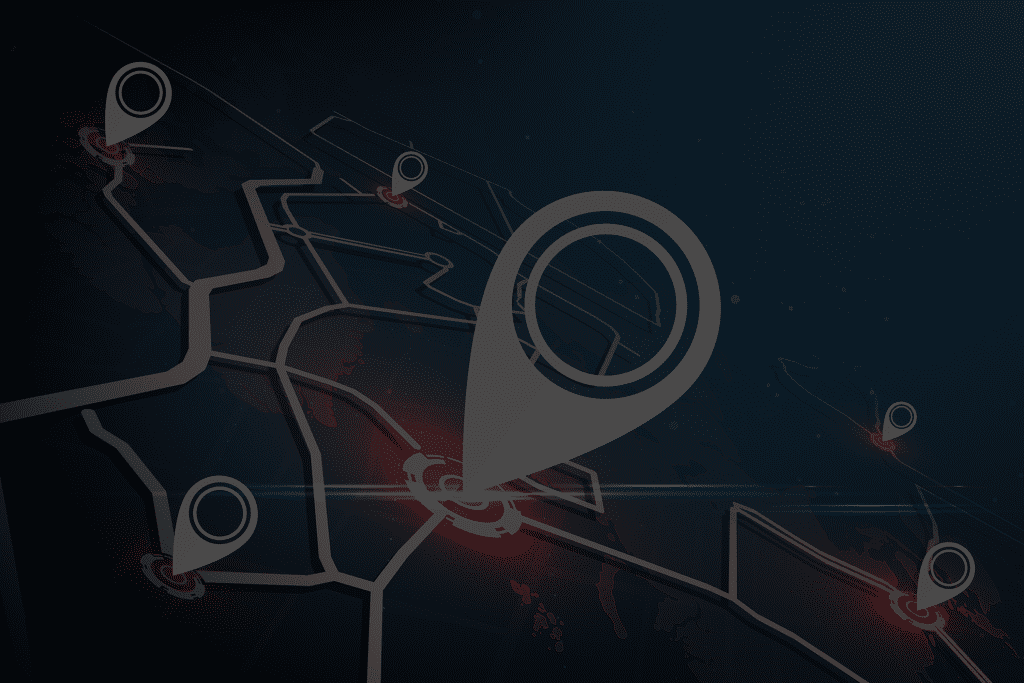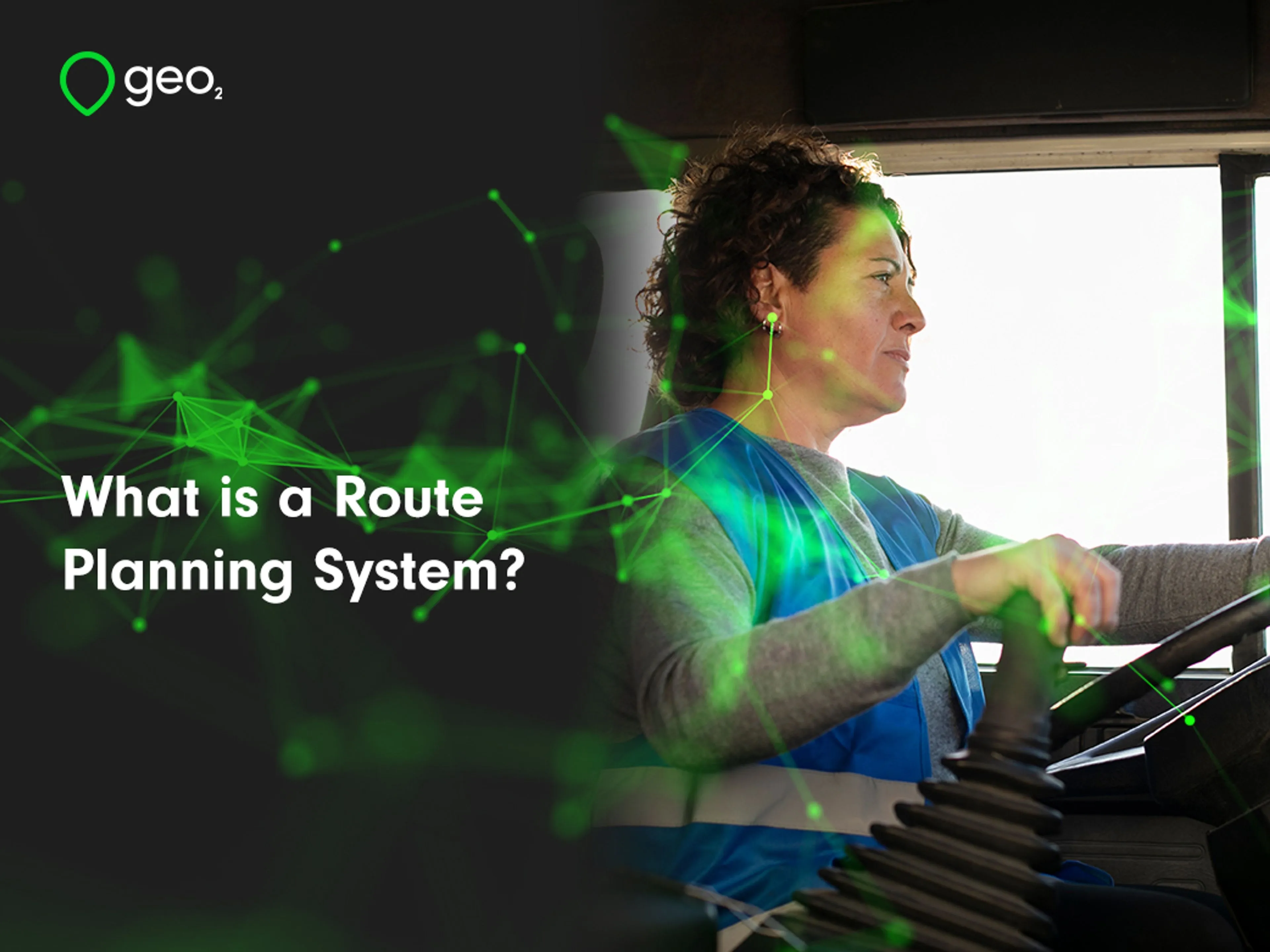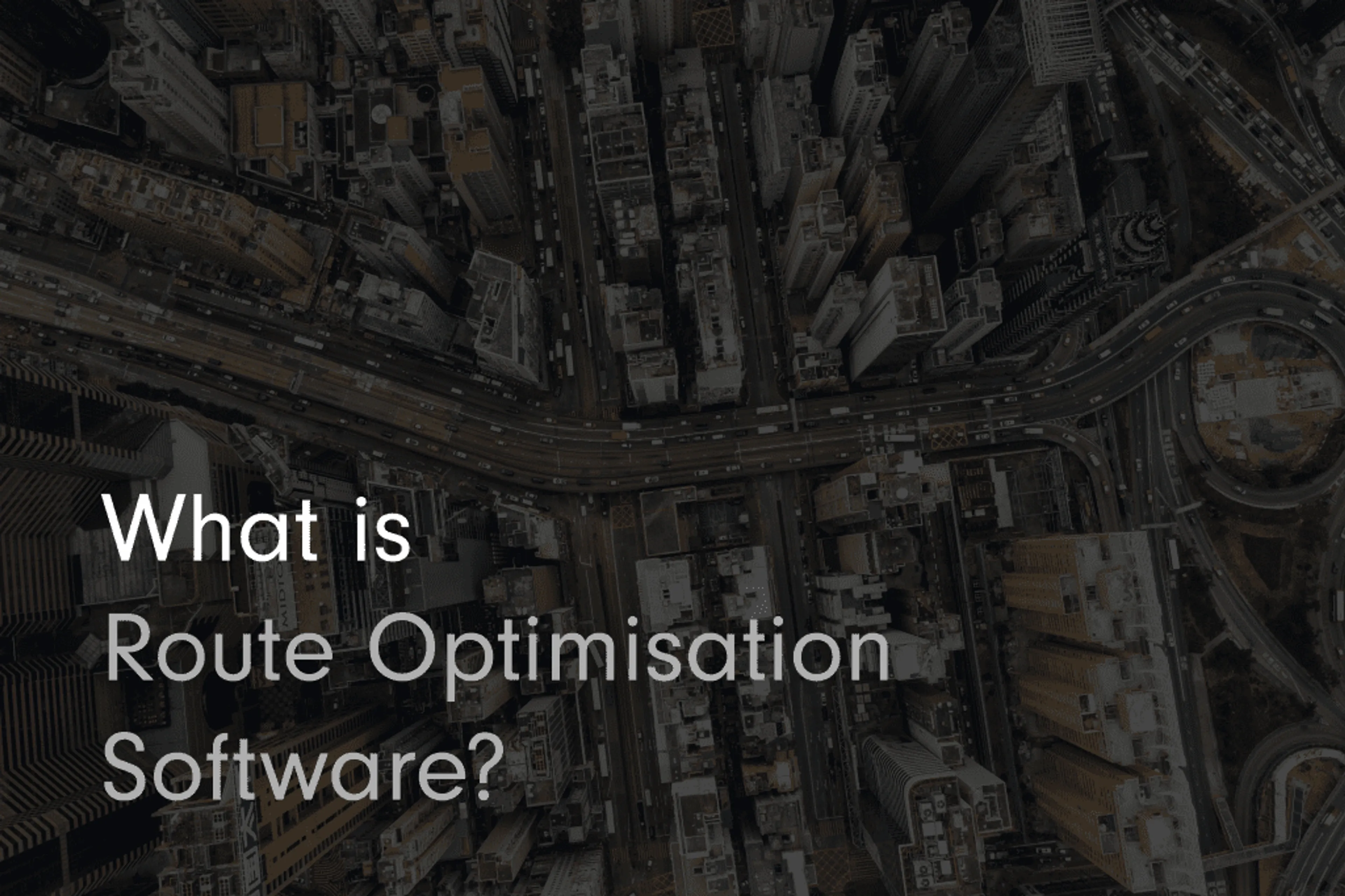What is Route Optimisation Software?

Route optimisation involves much more than simply planning out a sequence of stops along a delivery route. With a basic route planning app like that, you would input say 20 delivery addresses, but it would require the user to manually decide on which order to follow.
With route optimisation, however, the software automatically plots the locations of all the deliveries to be made and then calculates the most efficient route to deliver to them all.
This won’t simply be the shortest route between all the stops. And not only because the shortest route is not always the fastest. The software will also take into account a number of other variables and factors.
Route optimisation also considers the type of road used – motorway versus A road, versus B road, for example. Plus, the software makes calculations based on factors that might slow vehicles along the route, such as the number of different roads, how many traffic lights there are and the number of right turns to be taken.
Route optimisation software will often also include dynamic optimisation. This will take live traffic information and reroute a driver in case of an accident or heavy traffic that might cause a delay.
Another feature of route optimisation software is that it can handle routes for multiple drivers, allocating a route dynamically to a driver based on their current location. It might also be set to assign a route where the load and the delivery vehicle match, such as with chilled or frozen goods requiring specialised conditions during transit.
Some software can model different routes, outputting details about the cost for that route. This will differ according to the distance, time and speed of driving. The user can then choose based on total cost versus time to deliver – balancing the needs of the company and the customer to choose the best option.
The Benefits of Route Optimisation Software

With route optimisation a small company or individual delivery driver can improve efficiency.
Automated plotting of routes is much faster than doing it manually, often saving several hours of planning time a day. Instead of manually plotting routes on a map and relying on someone’s knowledge of roads and current conditions, the system relieves this laborious admin burden, doing it all automatically and far more quickly.
There’s also a far higher degree of accuracy with automated route optimisation. The systems use complex algorithms and logic, which outperform human abilities in their precision. And where there are more stops and more drivers, the number of possible routes increases exponentially. Only a software system can cope with the multitude of options to consistently plot the most optimal routes every time.
If the routes are optimised according to distance, then this minimises the amount of fuel that the vehicle will use. With fuel prices having reached record highs recently, this is a major concern for all delivery companies and self-employed. When you multiply those savings across a fleet of several vehicles, then a small delivery company can make substantial savings with route optimisation.
Time is additionally saved on deliveries, allowing drivers to complete more deliveries per day or per shift, which not only improves customer satisfaction, but also minimises costs.
Further costs can be saved by choosing to route drivers to avoid tolls or congestion charging zones.
With dynamic rerouting, severe delays caused by traffic can be averted. This ensures delivery estimates are accurate and that deliveries are made on schedule, without letting customers down. By allocating according to driver availability or vehicle type, this also results in increased last mile delivery efficiency.
Geo2 Route Optimisation Software

Geo2 includes route optimisation features that help small delivery companies, independent drivers, and larger businesses to calculate the most cost-efficient or fastest routes. With live traffic monitoring, drivers are able to optimise their routes at any point, taking the current traffic situation into account as it changes throughout the day.
Geo2 route optimisation software increases your percentage of on-time deliveries, reduces your last-mile costs and improves driver productivity and efficiency. And with less pressure on your costs, you will benefit from improved profit margins too.
Save time, fuel and money with Geo2. Start your free trial.
Related posts

What is a Route Planning System?
Delivery route planners are valuable tools that help logistics and transport managers save time and money. These systems use advanced algorithms for dynamic route optimisation, considering factors like traffic, delivery windows, and vehicle capacities. With multi-stop routes and a driver app, the best route is found. This cuts down fuel use and labour costs, making the operation more sustainable.

How AI is Changing Route Optimization.
Efficient route planning is critical for businesses that depend on delivery, logistics, or service visits to operate successfully. Traditionally, creating the best routes was a slow, manual task, prone to mistakes and wasted time. However, artificial intelligence (AI) has transformed this part of business tasks. It handles large amounts of data and instantly creates smarter, more accurate routes. This blog looks at the problems with traditional route planning. It also covers how AI helps optimize routes, its benefits, challenges, and the future of this technology. With AI-powered route optimization, businesses can save costs, delight customers, and contribute to a more sustainable planet.

Route Optimisation: How it Promotes Business Growth.
If you are a distributor, you want to maximise the cost efficiency of your supply chain operation. To do that, you must rein in costs while maximising your revenue. A vital part of cost management in the supply chain comes at the logistics stage. Route optimisation offers distributors a number of opportunities to save costs and boost profits in this part of their supply chain.
